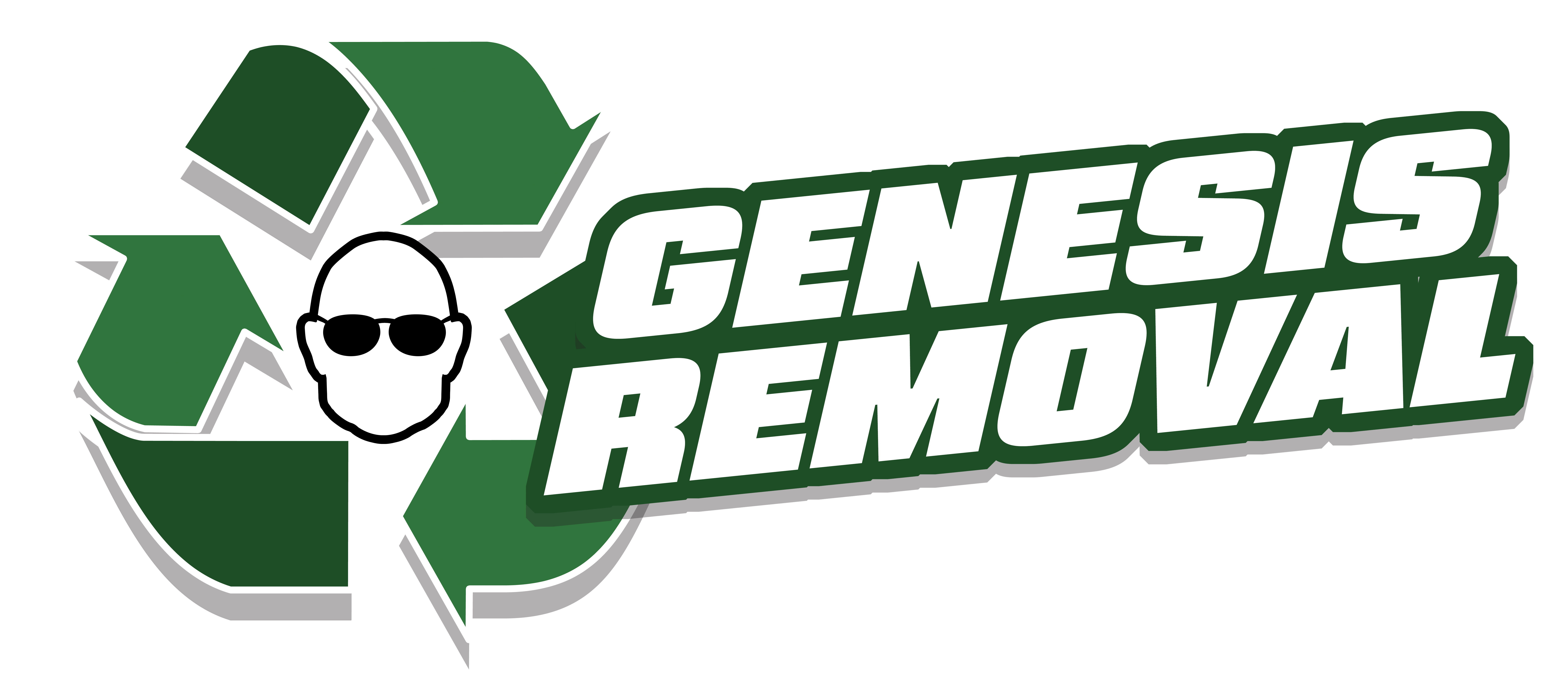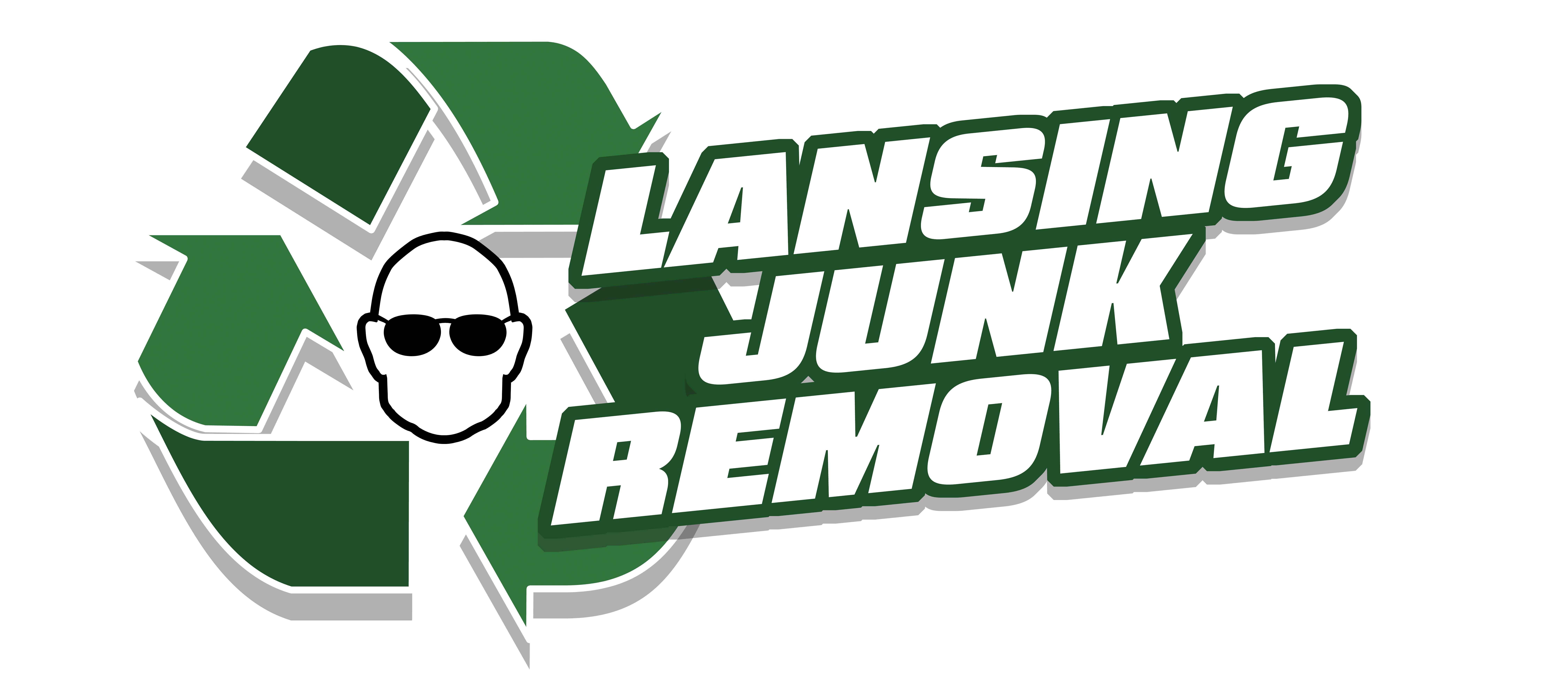Home improvement or decluttering projects often require furniture removal. Many homeowners don’t realize the risks this simple-looking job can bring. At Genesis Removal, we’ve witnessed many near-accidents and mistakes. To help you move furniture and remain safe, we’ve put together this full guide.
Understanding the Risks
Before we get to the safety tips, you need to know the dangers that come with moving furniture:
- Physical injuries (strains, sprains, and back injuries)
- Property damage
- Accidents on stairs or tight spaces
- Exposure to hidden pests or mold
- Improper disposal causing environmental problems
Knowing these risks helps you take steps to reduce them and make sure your furniture removal goes safely.
Proper Planning and Preparation
Assess the Situation
Before you move any furniture, spend some time to look at the items you need to remove. Think about:
- How big and heavy each piece is
- What might get in the way when you’re moving things
- How many people you’ll need to move things
- What tools or equipment you might need
This first look helps you make a good plan and steer clear of surprise problems when you move things.
Make a Clear Path
Make sure there’s a clear way from where the furniture is now to where it’s going (whether that’s another room, a moving truck, or the street). Take away anything in the way, repair any loose carpeting, and put padding on corners and doorways if you need to.
Get the Right Tools and Gear
Having the right tools for the job can help keep you safe and work faster. Some key things you’ll need:
- Furniture sliders or moving blankets
- Dollies or hand trucks
- Work gloves
- Strong closed-toe shoes
- Straps or rope to tie down big items
How to Lift the Right Way
Back strain from lifting wrong is one of the most frequent injuries when moving furniture. Follow these tips to keep yourself safe:
- Bend your knees, not your waist
- Hold the item near your body
- Use your legs to lift, not your back
- Don’t twist while you lift
- Always ask for help with heavy or awkward items
Keep in mind, it’s always smarter to get help than to try moving something too heavy by yourself and risking a painful injury.
Take Apart Furniture to Move It Easier
Think about taking apart big or complicated furniture pieces before you move them. This can make the job safer and simpler when you need to go through tight spots or up and down stairs. Remember these suggestions:
- Snap pictures before you take things apart to help put them back together later
- Store all hardware in marked bags or containers
- Use the right tools to keep from damaging the furniture or hurting yourself
Things to Keep in Mind for Different Types of Furniture
Big, Heavy Pieces (Sofas, Dressers, Armoires)
- Use furniture sliders to cut down on friction and protect your floors
- When carrying with someone else, use the “high-low” method – one person lifts from the bottom while the other holds the top
- Think about using furniture straps for a better grip and to spread out the weight
Delicate Items (Mirrors, Glass Tables)
- Cover these things with moving blankets or bubble wrap
- When you can, use special boxes made for mirrors or art
- Always hold glass stuff upright to lower the chance it’ll break
Appliances
- Unplug all power cords and water lines before you move
- Tape or strap down moving parts (like fridge doors)
- Use an appliance with straps to move
Getting Through Stairs and Tight Spots
Stairs and narrow halls make furniture removal tough. Keep these ideas in mind:
- Make sure at least two people help when moving furniture on stairs
- Use someone to guide the person walking backwards
- Take breaks if you need to – hurrying makes accidents more likely
- For tight spaces, think about hiring experts with special equipment
Environmental and Disposal Considerations
Getting rid of furniture means more than just taking things out of your house. Here are some eco-friendly tips to think about:
- Give items that can still be used to local charities or shelters
- Look into ways to recycle materials like metal, wood, or electronics
- For things you can’t give away or recycle, make sure you throw them out based on local rules
When to Call in the Experts
Although you can handle many furniture removal jobs yourself sometimes it’s smart to get help from professionals:
- When you need to move heavy or pricey stuff
- If you have physical constraints or worry about your health
- To clear out entire houses or estates
- When you’re short on time
Companies that specialize in junk removal, like Genesis Removal, have the know-how, tools, and coverage to take care of tricky removals in a safe and quick way.
Safety After Removal
After you’ve taken out the furniture, make sure to do these final safety checks:
- Look over the area to spot any harm to walls, floors, or doorways
- Give the space a good scrub if the furniture sat there for ages
- Get rid of any packing stuff or trash the right way
Wrapping Up
When you remove furniture the right way, you can do it and even enjoy it. If you follow these safety tips, you’ll guard yourself and your stuff, and make sure your furniture removal job goes well from beginning to end.
Keep in mind, if you’re not sure, it’s always smart to play it safe. Don’t be shy to ask for help or talk to pros like Genesis Removal for tricky furniture removal jobs. Your safety and peace of mind are worth the extra work or money.
By keeping these safety tips in your head, you’ll have the skills to handle furniture removal jobs and . Whether you’re getting rid of clutter fixing up your place, or moving house, taking care when removing furniture paves the way for a good change in your living space.



